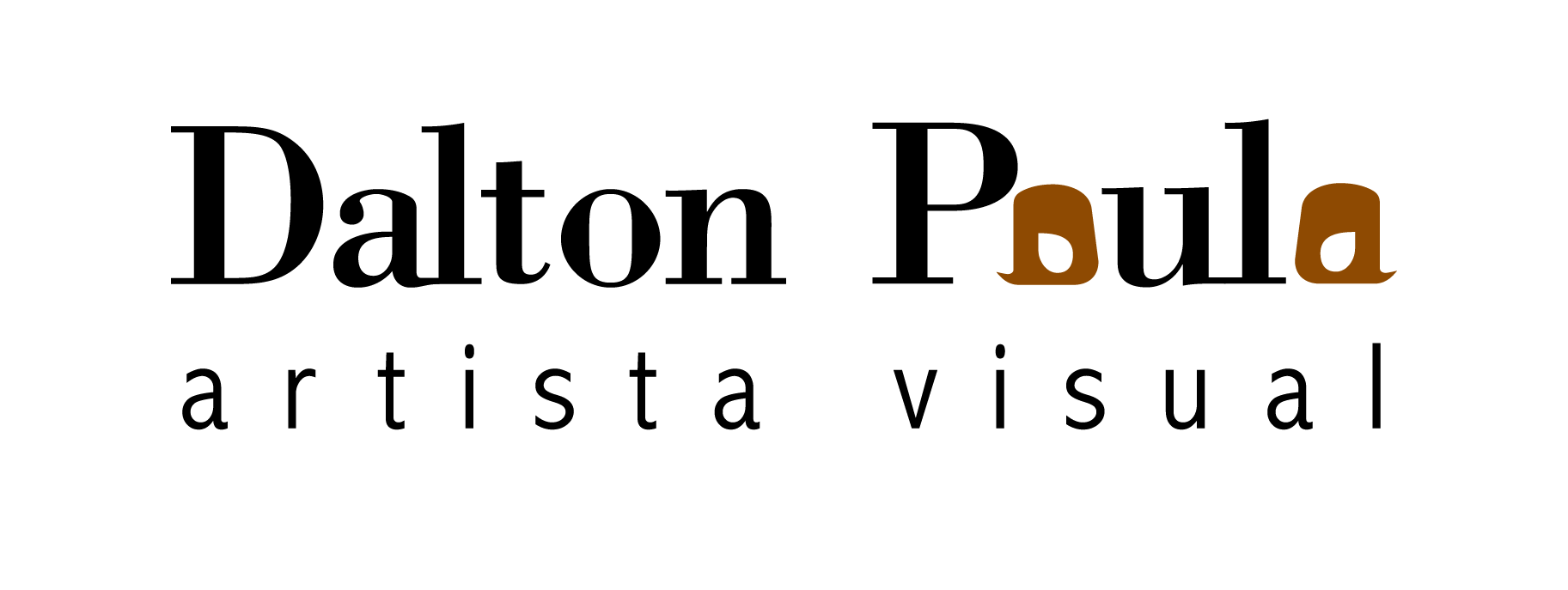I was born and raised in São Paulo, a homeopathic and a curator. Despite all the controversies regarding the efficacy of homeopathy and its turbulent history since its creation by Samuel Hahnemann in Germany in 1796, my parents decided to take my brother and I to see Doctor Percy. A homeopathic paediatrician.
One of homeopathy’s main axioms is the principle of similia similibus curantur, meaning “like cures like”. From that it is understood that a treatment, or a Cure, involves diluting the same substance that produces the symptoms of an illness on a healthy individual. Nowadays, not visiting a paediatrician anymore, I work as a curator and am no longer undergoing homeopathic treatment, but I believe this premise helped shape my way of thinking about the verb “to curate”.
Dalton Paula’s 2016 work Santos Médicos [“Holy Doctors”] depicts intimate and disturbing sessions on the covers of medical books and encyclopedias. On them, bodies interact in many forms, according to incomprehensible but extremely familiar rules. Hierarchy and power are invisible and overtly uncannily present characters shifting between these bodies that touch and observe each other in a way that only the excuse of a medical perspective can explain. And all of that takes place not only within the pictorial field, but also on the level of the very structure and framework supporting such scenes, which are medical books and encyclopaedias. The painted bodies act according to a history that is written, to a form of behaviour transformed into a modus operandi that justifies the interaction of bodies unknown to each other.
Dalton Paula’s artwork reminds us that a Cure takes place only after one determines what is benign and malignant and, above all, when someone wields the power to make such a decision. Historically this medical principle did not go unnoticed by certain groups, who used it as an instrument of control and subjugation of less desired bodies, particularly as a means to accumulate power and capital. For instance, the characterisation of black people as bearers of social evils and the social distinction between court physicians and healers in Colonial Brazil may be regarded as concrete examples, or the hunting of witches in the primitive accumulation of capital involving the elimination of the rebellious body in the transition to capitalism or the destruction of the documents in the archives of the Institut für Sexualwissenschaft, founded by Magnus Hirschfeld (1868-1935) in Berlin, by the Nazis in 1933. Sadly, the list of episodes in which the idea of a Cure was used as a means to expurgate bodies that represented evil within a community is far too long.
More recently in Brazil, following president-elect Jair Bolsonaro’s criticism concerning the more than 8,000 Cuban doctors working in several remote areas of the country, the Cuban government decided to call them back. The majority of areas affected by their departure are geographically isolated and home to low-income communities. In this disastrous and irresponsible political movement perpetrated by the future Brazilian administration, the Cure that emerges is not what it seems: the Cure as a means to care and account for the well-being of a population becomes absent, whereas the Cure as a way to eliminate part of a low-income community living in a remote area is effected due to that same absence. It is difficult to accept the fact that both meanings of the word are undeniably linked to Brazil’s past and present.
Dalton Paula’s work carries out the tough task of remembering, of offering us images whose familiarity comforts us by depicting bodies already greatly absent from Brazilian history and whose own personal trajectories – violently diagnosed in those bodies – cause pain. But could such pain be a symptom of the homeopathic principle of “like cures like”? Could it be that, by diluting such a past, it would be possible to extract the Cure to this illness that engenders the elimination of unwanted bodies by bringing to an end the personal accumulation of privileges?
Nowadays, homeopathy does not hold a respected position within Western medical practice; its effects are compared to those of placebos. At the same time, there is a current feeling in Brazil that the existence of any equality-based solution to the country’s problems is becoming more diluted and obscure. Perhaps, at times like these, it is best to put our faith in placebos when we come across them, since such solutions, however diluted, are sadly becoming increasingly difficult to find.
